Many Windows 11 users have experienced issues with the Spotify app not working properly, such as the app failing to launch or displaying a blank screen. Fortunately, there are several methods to resolve these problems, often involving straightforward software fixes.
Method 1: Reinstall Spotify App
Sometimes, corrupt installation files or conflicting software can cause the Spotify app to malfunction. Reinstalling the app can often resolve these issues.
Step 1: Open the Settings app by clicking on the Start Menu and selecting the Settings tile. Alternatively, you can press Windows+I on your keyboard.
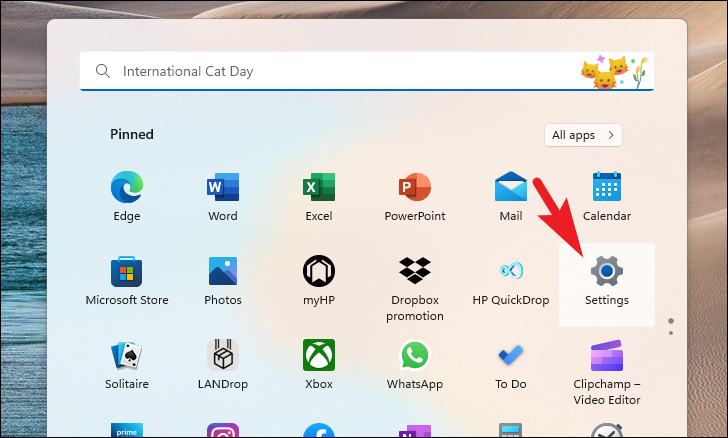
Step 2: In the Settings window, click on the Apps tab from the left sidebar.
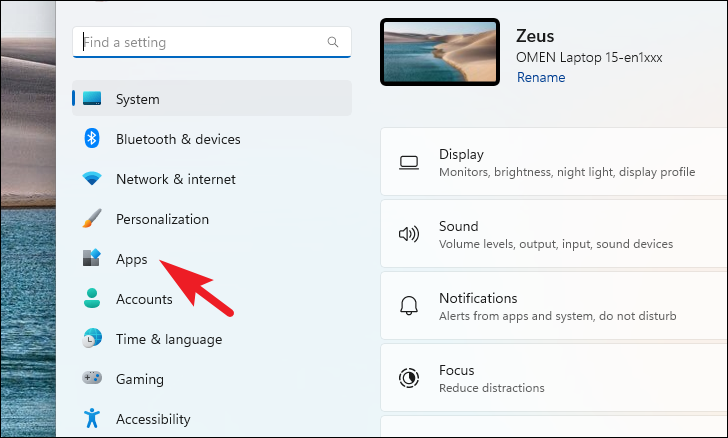
Step 3: Select the Installed apps option on the right.
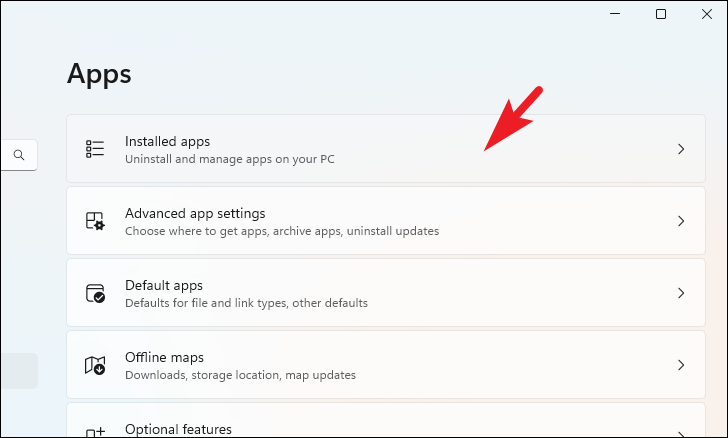
Step 4: Locate the Spotify app in the list of installed apps. Click on the three-dot menu icon next to it and choose Uninstall.
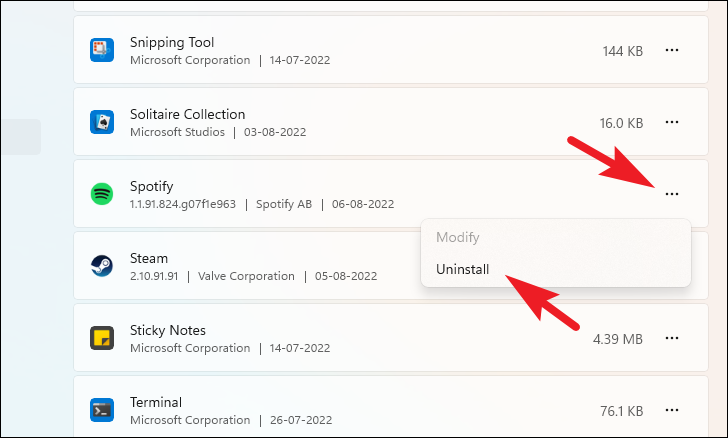
Step 5: Confirm the uninstallation by clicking Uninstall in the prompt.
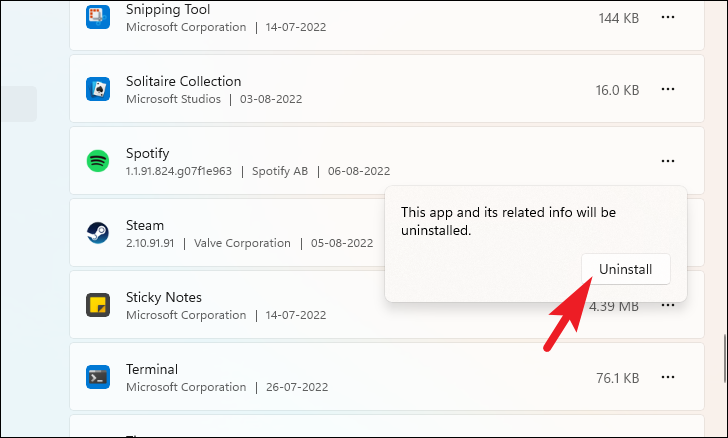
Step 6: After the app is uninstalled, restart your computer to ensure all related files are removed.
Step 7: To reinstall Spotify, you can download it from the Microsoft Store or the official Spotify website.
To install from the Microsoft Store:
Step 8: Open the Microsoft Store from the Start Menu.
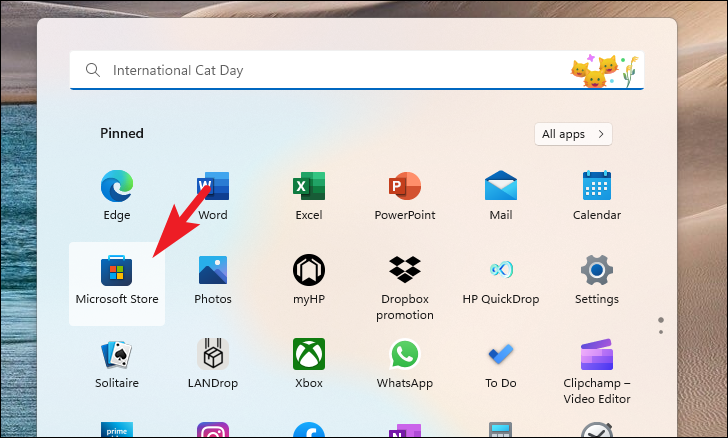
Step 9: In the Microsoft Store, search for Spotify using the search bar at the top.
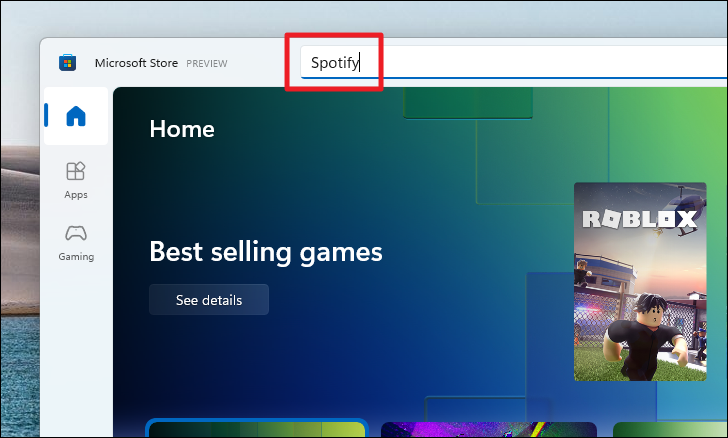
Step 10: Click on the Install button to download and install Spotify.
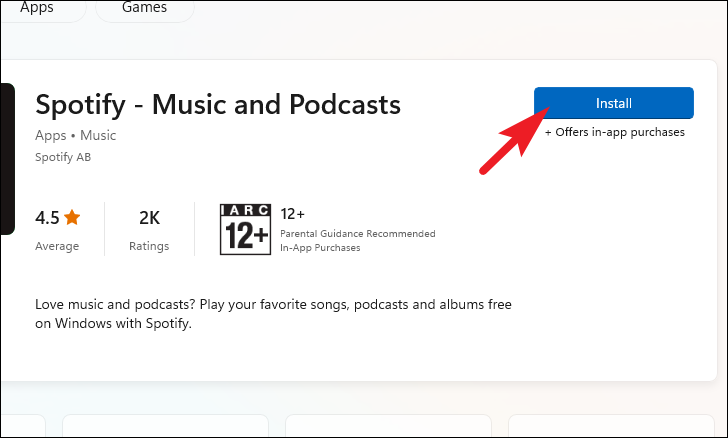
To install from the official website:
Step 11: Visit spotify.com/download using your preferred web browser.
Step 12: Click on the Download button to download the Spotify installer.
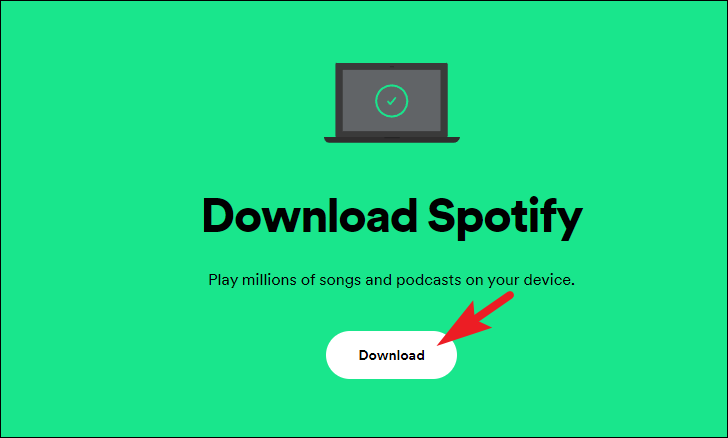
Step 13: After the download is complete, run the .exe file to install Spotify on your computer. The app should launch automatically once the installation is finished.
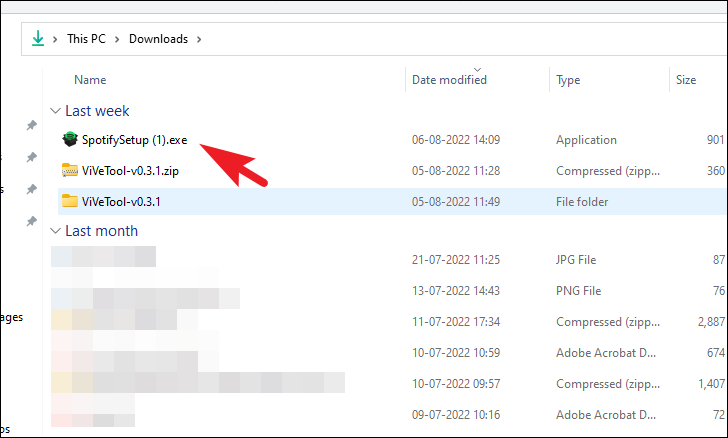
Method 2: Switch to the Spotify Standalone App Version
If you're using the Spotify app downloaded from the Microsoft Store, switching to the standalone version from the Spotify website may resolve any issues you're experiencing.
Step 1: Uninstall the Microsoft Store version of Spotify by following Steps 1 to 6 from Method 1.
Step 2: Restart your computer after uninstallation to ensure all files are removed.
Step 3: Download the standalone Spotify app by visiting spotify.com/download.
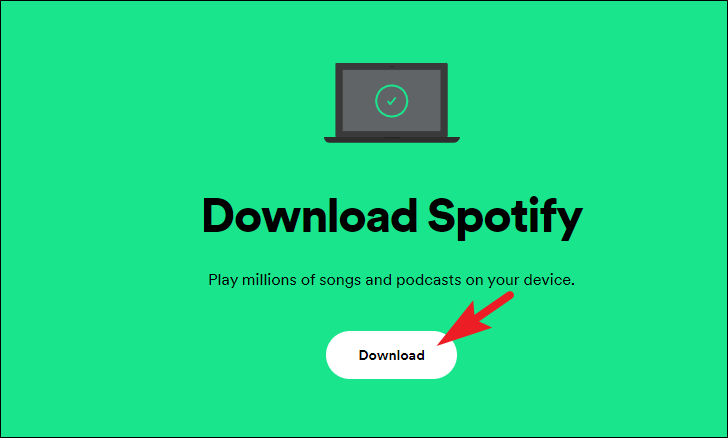
Step 4: Click on the Download button to get the installer.
Step 5: Run the downloaded .exe file to install the standalone version of Spotify.
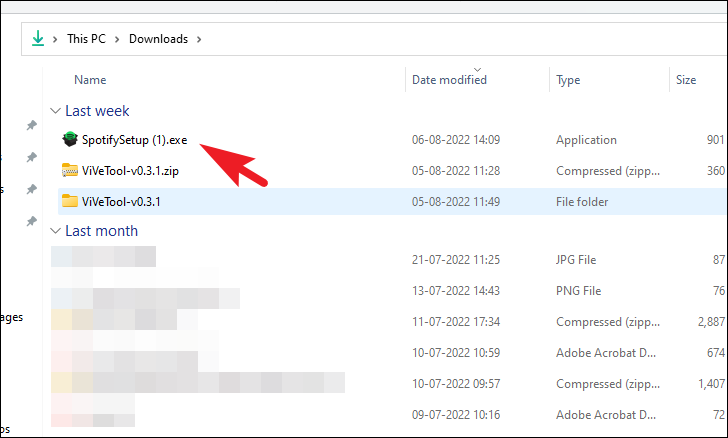
Step 6: Once installed, log in to your Spotify account and check if the issue has been resolved.
If you were already using the standalone version, you might try installing the app from the Microsoft Store instead to see if that fixes the problem.
Method 3: Add 'Media Feature Pack' Optional Feature
The 'Media Feature Pack' is essential for some multimedia applications to function correctly. If this feature is missing, it can cause issues with apps like Spotify, especially on systems using an education or organizational account.
Step 1: Open the Settings app by clicking on the Start Menu and selecting Settings, or by pressing Windows+I on your keyboard.
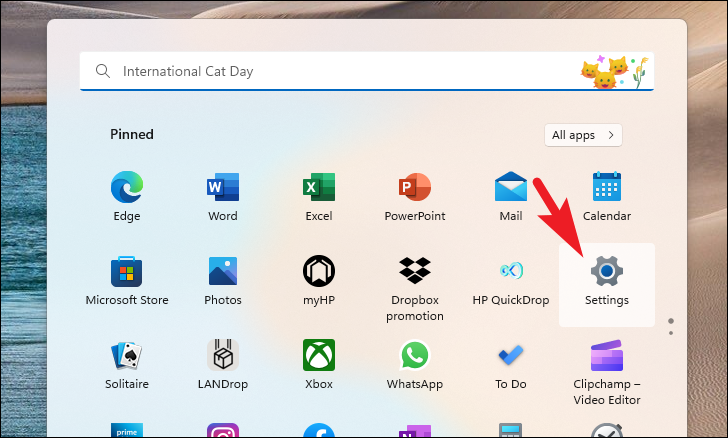
Step 2: Click on the Apps tab on the left sidebar.
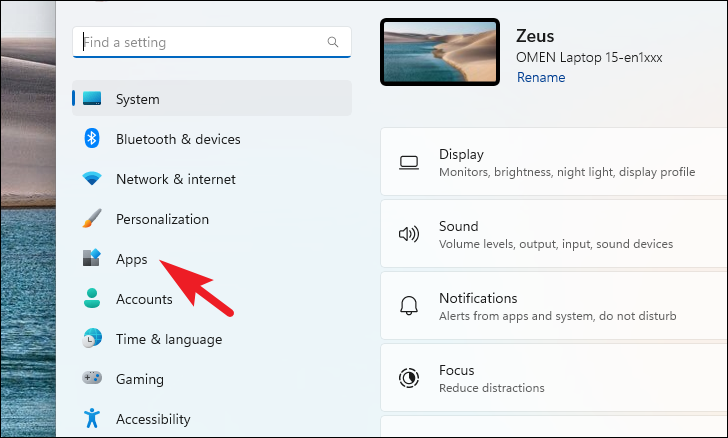
Step 3: Select the Optional features option.
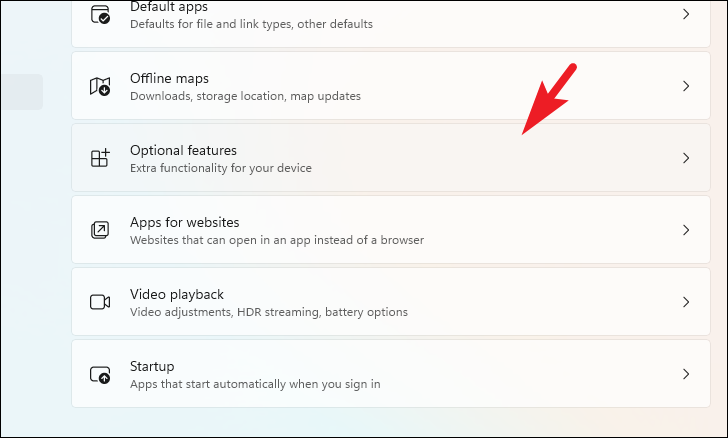
Step 4: Click on the View features button to open the list of optional features.
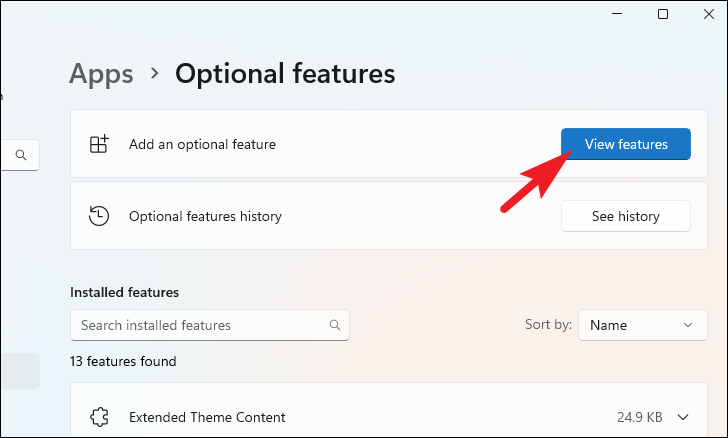
Step 5: In the search bar, type Media Feature Pack.
Note: If you do not see 'Media Feature Pack' in the list, it is likely already installed on your system.
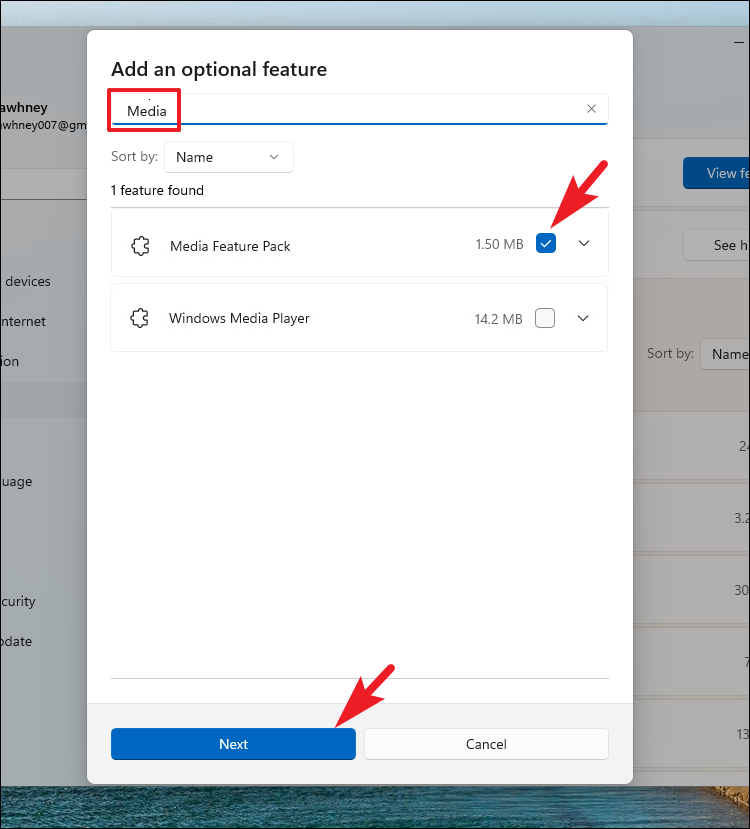
Step 6: If available, check the box next to 'Media Feature Pack' and click Next.
Step 7: Click on the Install button to add the feature.
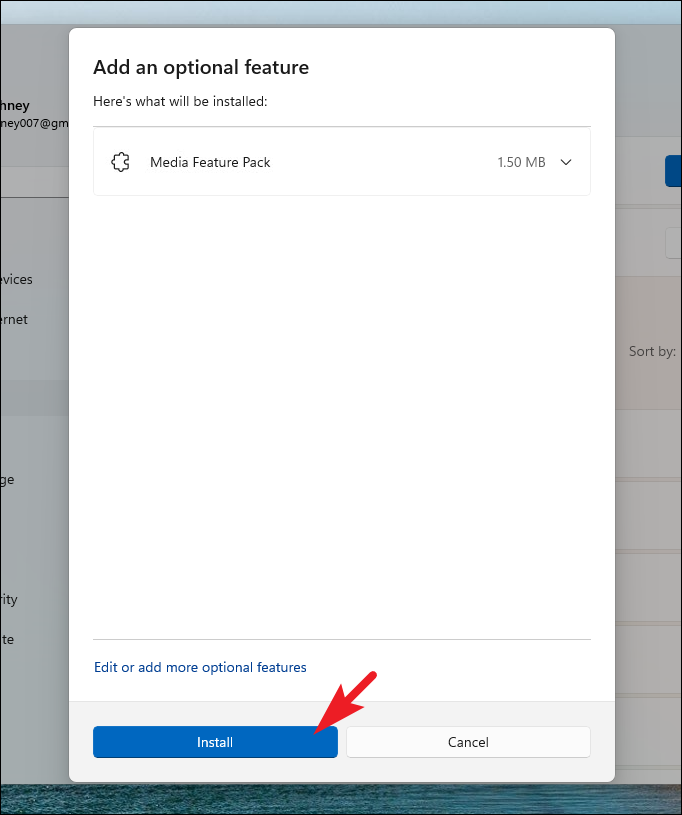
Step 8: After installation, restart your computer and check if Spotify is functioning properly.
Method 4: Update Audio Drivers
Outdated or corrupted audio drivers can sometimes interfere with applications like Spotify. Updating your audio drivers may help resolve the issue.
Step 1: Open the Device Manager. You can do this by searching for Device Manager in the Start Menu.
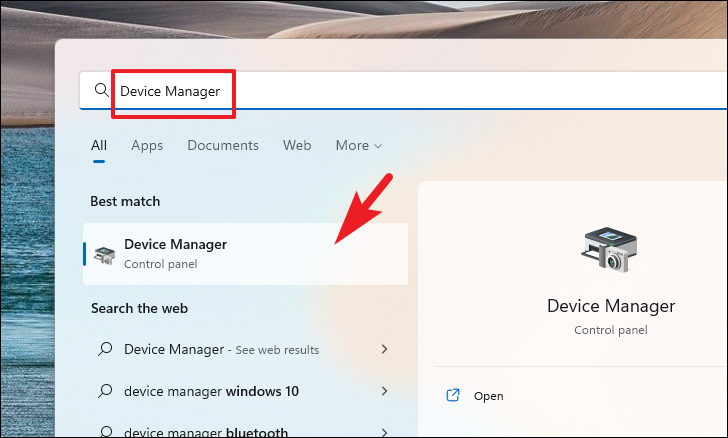
Step 2: Expand the Sound, video, and game controllers section to view your audio devices.
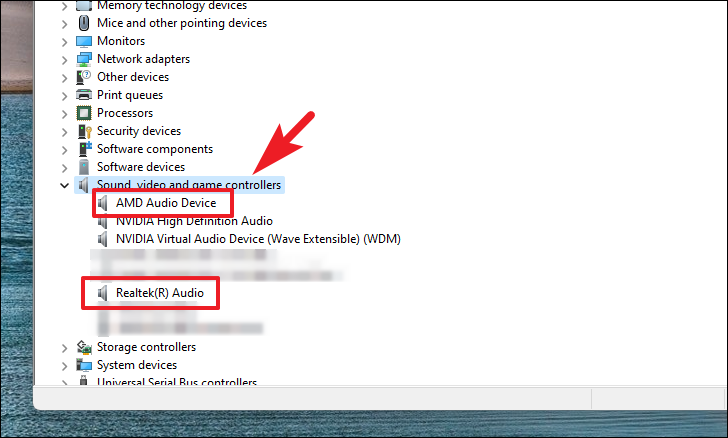
Step 3: Right-click on your audio device (e.g., Realtek(R) Audio) and select Update driver.
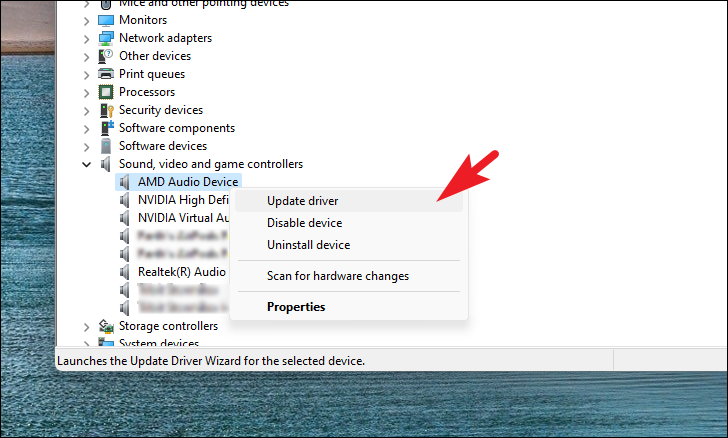
Step 4: Choose Search automatically for drivers to allow Windows to find and install the latest driver.
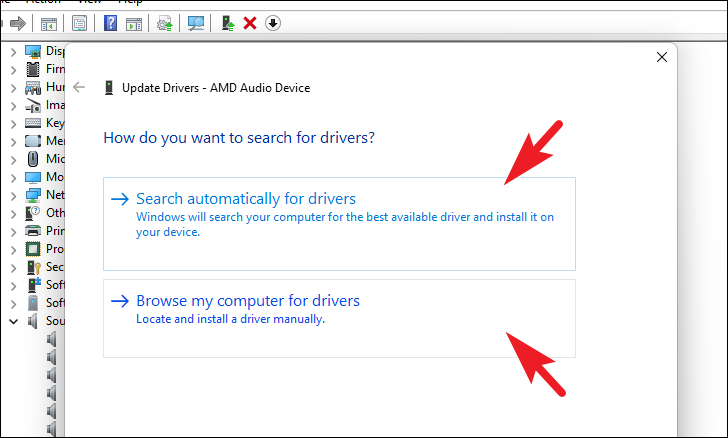
Step 5: After the update is complete, restart your computer and check if Spotify is working correctly.
Method 5: Use the Web Player as an Alternative
If none of the above methods resolve the issue, you can use the Spotify web player as a temporary solution. While it doesn't support offline playback, it allows you to stream your favorite music without the desktop app.
Step 1: Open your preferred web browser and navigate to open.spotify.com.
Step 2: Click on the Log in button and sign in to your Spotify account.
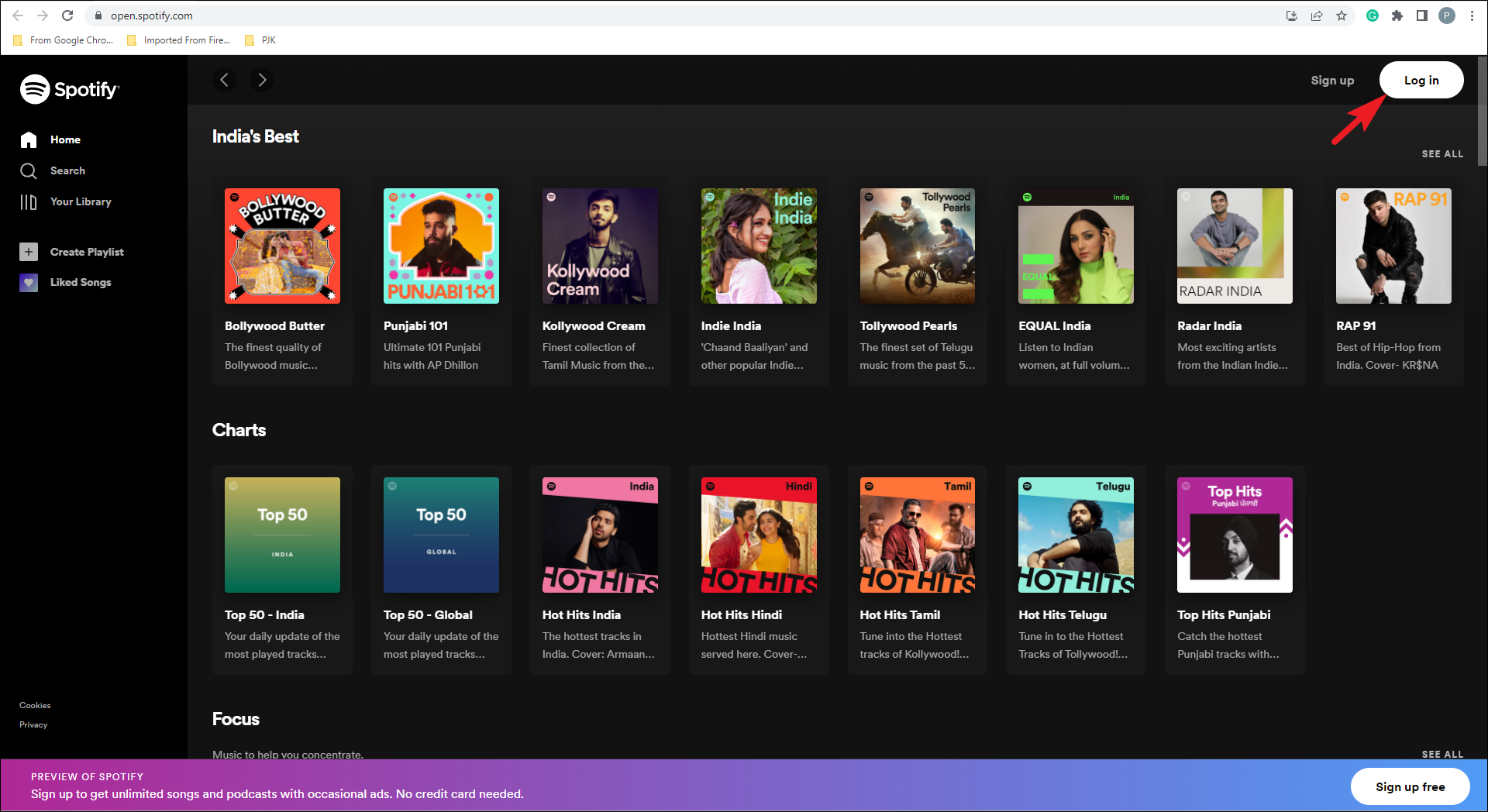
You can now listen to music using the web player until the issue with the desktop app is resolved.
By following these methods, you should be able to fix the Spotify app on your Windows 11 computer. If the problem persists, you may consider resetting your PC without losing your personal data to ensure all system issues are addressed.


